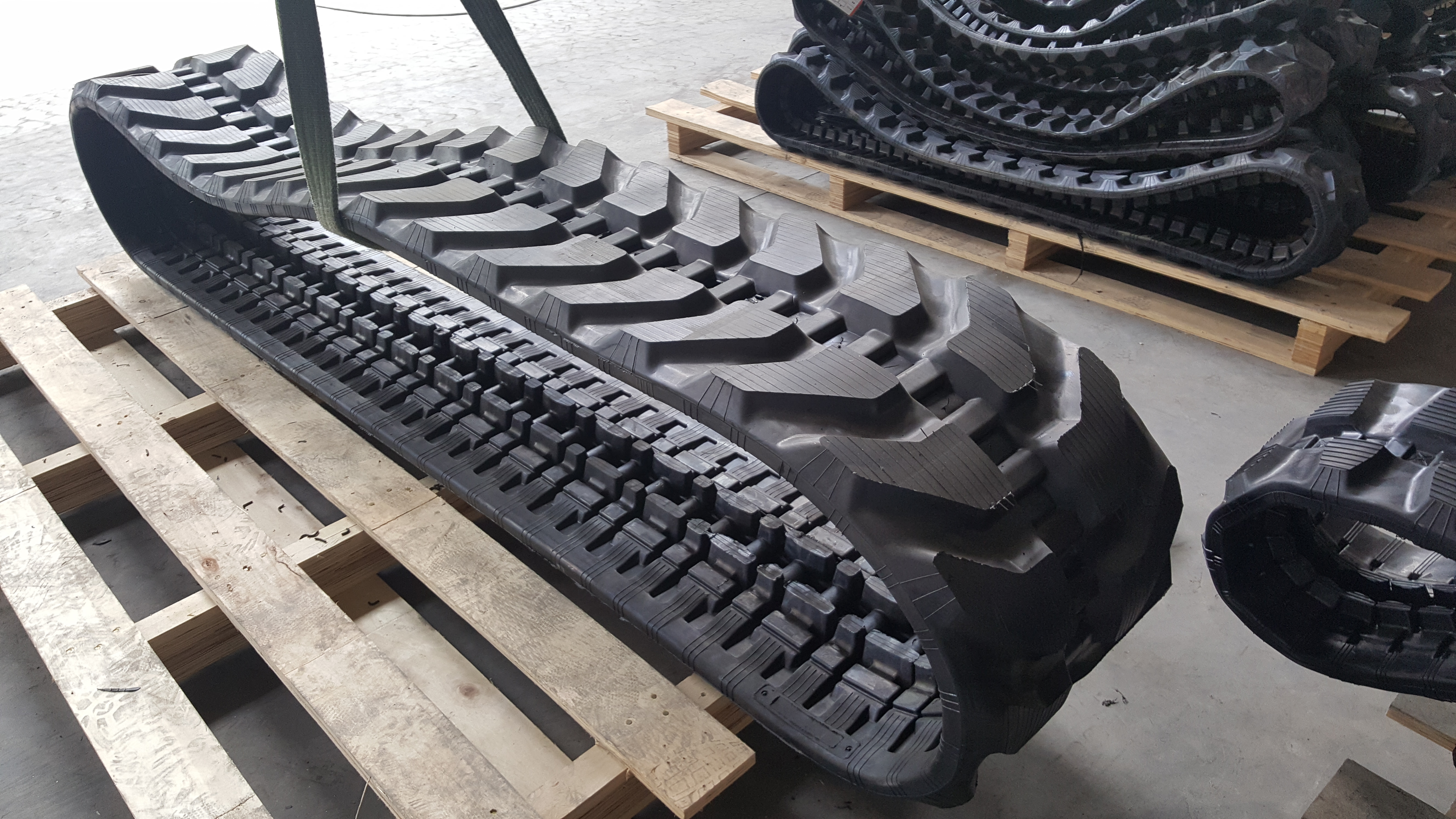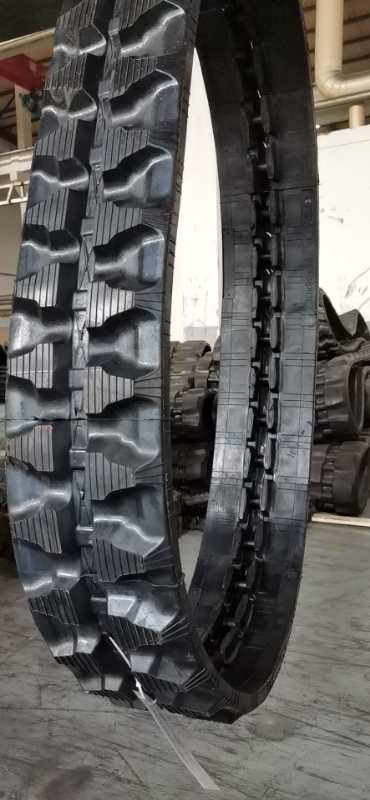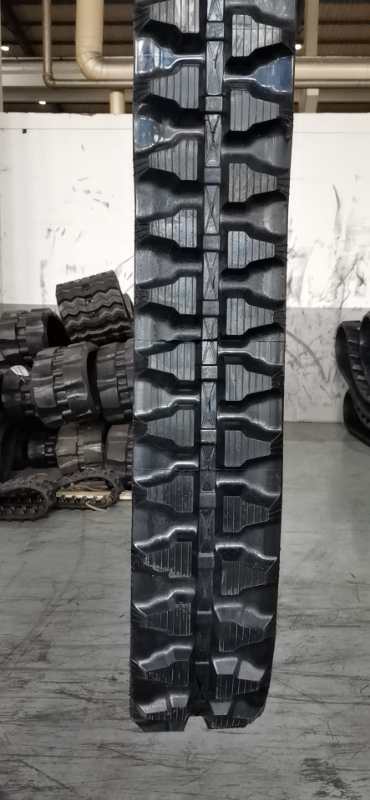The construction and excavation industry has witnessed significant advancements in technology, particularly in the design and manufacture of excavator tracks. Rubber excavator tracks, also known as rubber excavator tracks or rubber tracks, continue to evolve to meet the growing demand for durability, efficiency and performance. This article explores innovation in the design process of these key components, focusing on the application of new materials, structural optimization, functional design, and major technological innovations.
Application of new materials
One of the most important advances in rubber excavator track design is the application of new materials. Traditional rubber tracks often face challenges such as wear and tear, especially in harsh working conditions. However, the introduction of advanced synthetic rubber compounds has revolutionized the industry. These new materials are engineered to provide enhanced resistance to abrasion, tearing and environmental factors such as UV exposure and extreme temperatures.
For example, manufacturers are now utilizing a blend of natural and synthetic rubber, reinforced with high-strength fibers, to create tracks that not only last longer but also maintain flexibility and traction. This innovation led to the development of rubber tracks that were able to withstand the rigors of heavy-duty applications, making them ideal for excavators and tractors.
Structural optimization
Structural optimization is another key aspect of the rubber excavator track design process. Engineers are using advanced computer-aided design (CAD) software and finite element analysis (FEA) to simulate and analyze track performance under various loads and conditions. This approach identifies stress points and potential failure areas, resulting in a more robust design.
By optimizing the track structure, manufacturers can reduce weight without compromising strength. Lighter tracks help improve fuel efficiency and reduce mechanical wear. In addition, the design of the crawler rubber track tread pattern has been improved to enhance grip and stability, ensuring that the excavator can operate effectively on uneven terrain.
Functional design
The functional design of rubber excavator tracks has also been significantly improved. Modern tracks are designed with features that enhance their performance and usability. For example, an integrated self-cleaning tread pattern helps prevent mud and debris from building up, which can affect traction and performance. This innovation is particularly useful in muddy or wet conditions, where traditional racetracks would struggle.
In addition, rubber track designs now include features that facilitate installation and maintenance. Quick release mechanism and modular design allow for faster track changes, minimizing downtime and increasing job site productivity.
Technological Innovation Cases
Two notable examples of technological innovation in the rubber track industry highlight the progress made in recent years.
1. **Smart Track Technology**: Some manufacturers have introduced smart technology into rubber tracks, incorporating sensors that monitor track wear and performance in real time. This data can be transmitted to operators to enable proactive maintenance and reduce the risk of unexpected failures.
2. **Environmentally friendly materials**: Another innovative approach is to use environmentally friendly materials in the production of rubber tracks. The company is exploring bio-based rubber and recycled materials aimed at reducing the environmental impact of manufacturing while still delivering high performance on the track.
In summary
Innovations in the excavator rubber track design process reflect the industry’s commitment to improving efficiency, durability and sustainability. Through the application of new materials, structural optimization and functional design, manufacturers are creating tracks that meet the ever-changing needs of the construction and excavation industries. The future of rubber excavator tracks looks promising as technology continues to advance, paving the way for improved performance and reliability of heavy machinery.
Post time: Oct-08-2024



